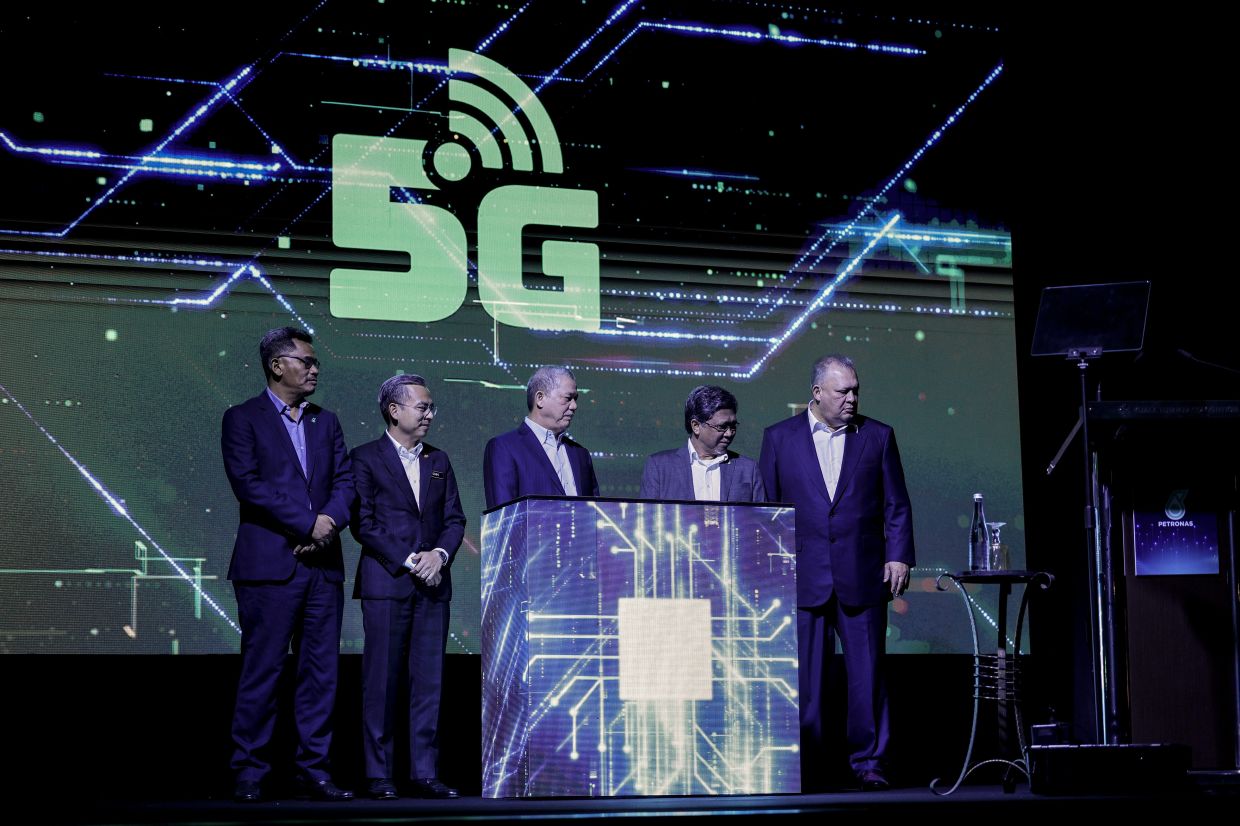The Impact of the US-China Tech War on Climate and Energy: A Critical Analysis
The ongoing trade and technology tensions between the United States and China have far-reaching implications, extending beyond economic and geopolitical concerns. As the world grapples with the urgent need to address climate change and transition to sustainable energy sources, the impact of this tech war on global efforts to combat climate change cannot be underestimated. In this comprehensive analysis, we will explore the multifaceted implications of the US-China tech war on climate and energy, examining both the challenges and opportunities that arise. The discussion is organized into the following headings:
1. Technology Pioneers Turned Rivals
- Tech Dominance: Both the US and China have been at the forefront of technological advancements in clean energy, electric vehicles (EVs), and renewable infrastructure. Their rivalry could hinder collaboration on global climate solutions.
- Emerging Technologies: Disputes over intellectual property rights and technology transfers may slow down the development and deployment of crucial technologies like advanced batteries, carbon capture, and green hydrogen.
2. Supply Chain Disruptions
- Critical Minerals: The US-China tech war has heightened concerns about the supply of critical minerals necessary for renewable energy technologies. Dependence on a single source can disrupt the global clean energy transition.
- Global Manufacturing: Disruptions in the global manufacturing supply chain can delay the production of solar panels, wind turbines, and EV batteries, hindering the growth of renewable energy capacity.
3. Impact on Clean Energy Targets
- Renewable Energy Investments: Trade tensions can affect the flow of investments in renewable energy projects. Uncertainty may deter investors and slow down the transition to clean energy.
- Carbon Emissions: Delays in adopting clean energy solutions could lead to increased carbon emissions, jeopardizing global climate targets such as the Paris Agreement’s goals.
4. Innovation Stifled or Stimulated
- National Innovation: The tech war may encourage countries to invest more in domestic research and development in clean energy and environmental technologies. This could foster innovation but may also lead to duplication of efforts.
- Global Collaboration: On the other hand, reduced collaboration between the US and China could stifle innovation by limiting access to research, talent, and resources from both countries.
5. Trade and Environmental Policies
- Tariffs and Trade Barriers: The imposition of tariffs and trade barriers can disrupt the flow of clean energy technology components and increase costs, making renewable energy less competitive.
- Environmental Regulations: The tech war may lead to countries loosening environmental regulations to attract manufacturers, potentially compromising environmental standards and sustainability.
6. Geopolitical Implications
- Influence Over Clean Tech Markets: The US-China rivalry may determine which country gains more influence over emerging clean tech markets, shaping the future of the global energy landscape.
- Bilateral Agreements: Bilateral agreements on climate and energy between the US and China can have a cascading effect on other nations’ commitments and actions, setting the tone for global cooperation.
7. Decoupling and Divergence
- Technological Decoupling: The separation of US and Chinese tech ecosystems could result in divergent technological standards and regulations, complicating international collaboration on climate and energy.
- Parallel Development: The tech war may lead to parallel development of similar technologies, making it challenging to achieve compatibility and scalability in global climate solutions.
8. A Call for Global Cooperation
- Multilateral Diplomacy: The urgency of addressing climate change necessitates greater multilateral diplomacy. Encourage global institutions like the United Nations to facilitate dialogue and cooperation.
- Green Technology Sharing: Promote international agreements for the sharing of green technologies, intellectual property, and best practices to accelerate the transition to clean energy.
9. Public and Private Sector Engagement
- Private Sector Leadership: Encourage private sector actors, including tech giants, to take a proactive role in addressing climate change. Many companies are setting ambitious sustainability targets.
- Consumer Demand: Increasing consumer demand for sustainable products and technologies can drive innovation and market competition, pushing companies to prioritize clean energy solutions.
10. Resilience and Adaptation
- Climate Resilience: Invest in climate resilience measures to mitigate the impacts of climate change, such as extreme weather events, which can disrupt energy infrastructure.
- Adaptive Policies: Develop adaptive policies that can flexibly respond to changing geopolitical dynamics, trade relationships, and technological advancements.
In conclusion, the US-China tech war’s implications on climate and energy are complex and multifaceted. While it presents challenges that could hinder the global transition to clean energy, it also offers opportunities for countries to accelerate domestic innovation and cooperation with like-minded partners. To effectively address climate change, a coordinated effort involving governments, the private sector, and international organizations is crucial. The world must strive for diplomatic solutions, open collaboration, and a shared commitment to a sustainable future despite the geopolitical tensions that persist.



